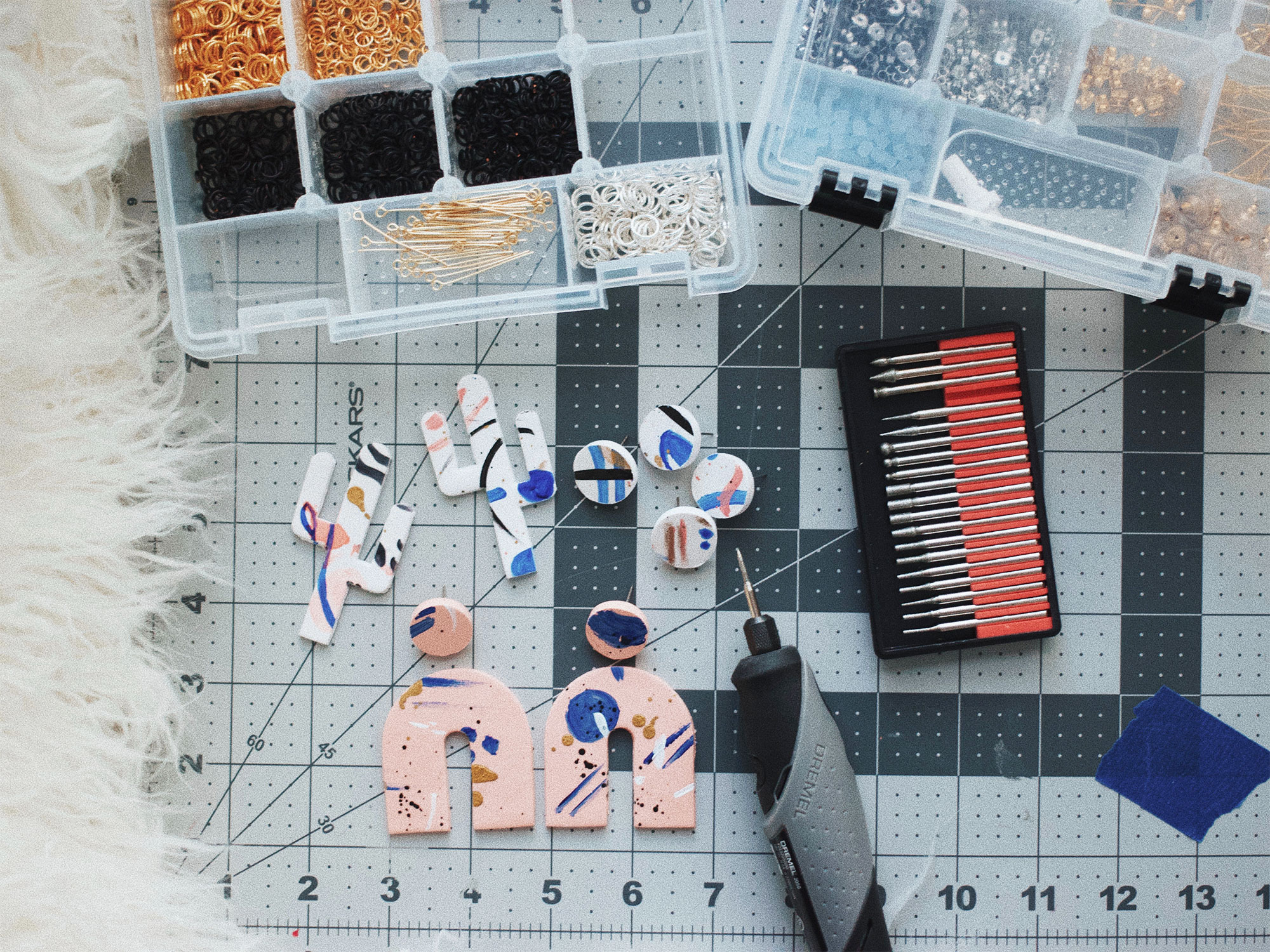
If you’ve made it to this article, you’re probably trying to figure out how exactly you can get started putting your business ideas into actions. Before you’re able to make physical strides towards the production of your small business, you must first conduct a business plan. Follow along as the team members at Inventora give you our step by step process on how to make a business plan for your handmade business.
Let’s first start with the basics. What is a business plan? A business plan is a document that contains the goals you have for your business, how you plan to achieve those goals, and your timeline for those goals. Why is a business plan important? A business plan is important because it helps you stay on track and keep on a focused road. It’s very easy to get distracted by opportunities and challenges that you’ll face as a small business owner. This will help you keep your end goal in sight.
The Business Plan Overview

This is where you can write down the general information about your business. The overview should include basic details of your business, like the name of your business and where your business is located. We start with these two details, because you likely already know what these are.
Next you’ll want to move on to more detailed information such as your business’s mission statement, the description of what your company does and sells, and your mission as the business owner. You may have a general idea of this already, but if you don’t, you shouldn’t hesitate to take some time to figure this part out. This section may also evolve throughout your business journey, and that’s okay!
Your Small Business’s Message
This goes hand-in-hand with your mission statement. You should ask yourself questions like “what problem is your company solving? Why do you do what you do? What are you giving to your customers?”. This is essentially the identity of your small business. The business message provides meaning to the mission of your company. It focuses on what message you are working to communicate to your customers, how you fit in their lives, and how you help them solve a problem problems they are facing.
Industry Analysis

We have previously discussed performing an industry competitor research analysis on the Inventora blog. This is where you will describe your competition. Who are they? What is their demographic? Are they gender or age group specific? What are they doing? What are they not doing? Asking yourself these questions will help you determine how to be successful in your industry
Describing Your Target Audience
You’ll now want to describe your target. Include things like demographic and psychographic. The psychographic of your target audience is a key factor to determine, because it is the understanding of why your audiences have the interests, personalities, and hobbies that they have based on their environmental factors. You will also want to discover where on the internet your target audience exists. Write down the channels that you are going to use to reach out to them. This will help you establish your lead and conversion strategies, and brand awareness, which you should also include in this part of your business plan.
Description of Your Primary Product

Describe your primary product. What impact or experience you want your customers to have with it? Write it down! To help with this, you should think of the five basic human senses. Describe each of the sense you experience with your primary product; touch, sight, hearing, smell, and taste (if applicable).
Write Down Your Small Business Goals
You should begin with writing down your goals for the first year. This can be both big goals, and small goals. Examples of these could include making x amount of sales, or opening an Etsy shop! After you determine these, you should set your goals for the next five years. Make sure these are measurable goals. They need to be realistic and obtainable. If these are goals you don’t actually see yourself being able to complete or put the work in for, then you’re setting yourself up for failure from the very beginning. Remember you have to start somewhere, even if that means starting small!
Our step-by-step guide to how to make a business plan for your handmade business will help you get your ideas and goals organized. A piece of advice we would like to end on, is keep this short and simple. By doing so, you can really use this plan as a tool for managing your small business from the beginning stages to the end goal stages. Download our FREE outline below to get started!

Want more advice about how to conduct a business plan? Let us know in the comment! We have plenty of small business tips to share with you!


